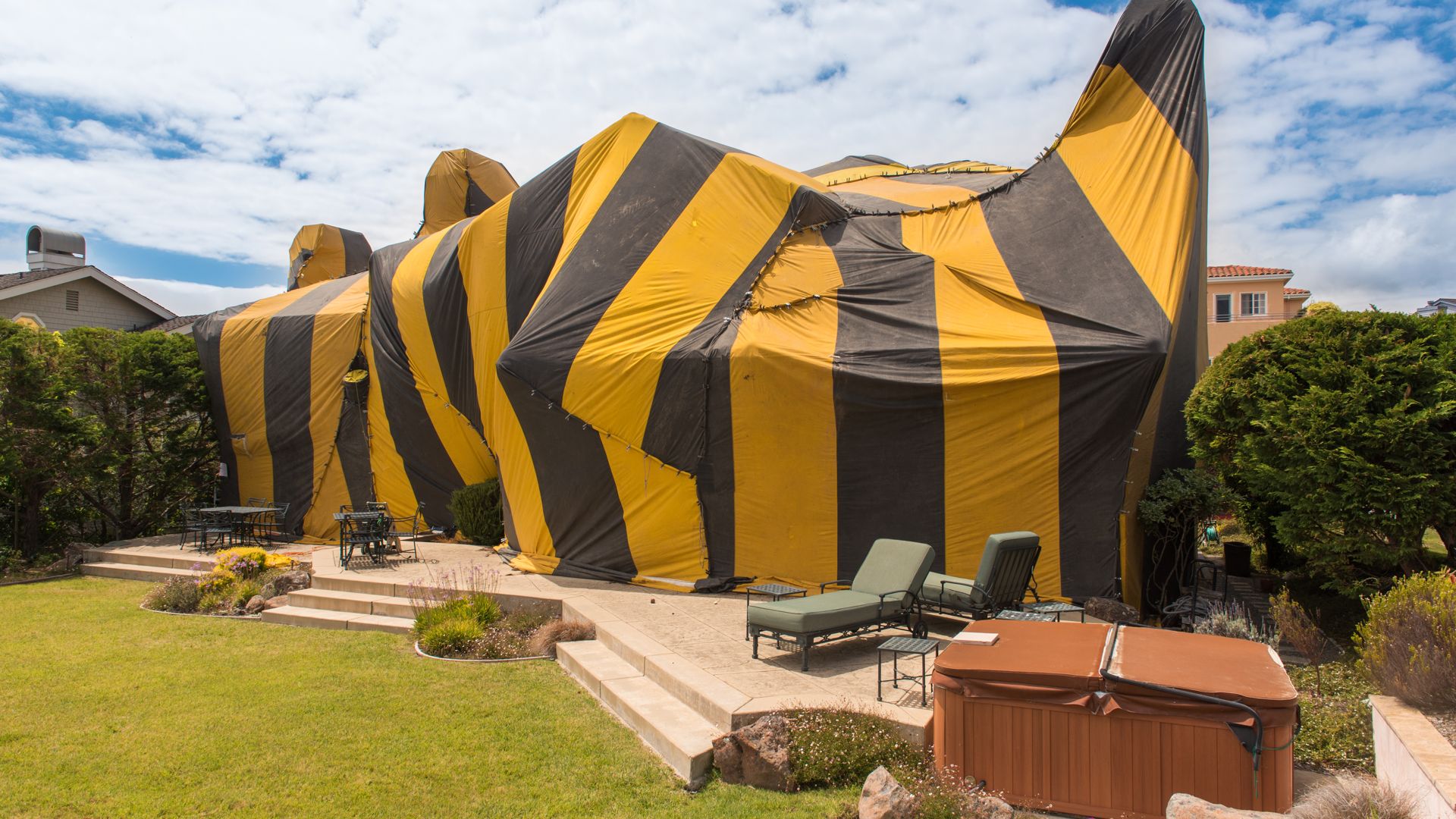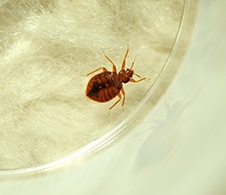Bed bugs, despite their small size, can cause significant distress and discomfort when they infest our living spaces. Identifying these pesky insects early is crucial for effective eradication. In this comprehensive guide, we'll delve into the signs, symptoms, and solutions for dealing with bed bugs, equipping you with the knowledge to tackle these unwelcome guests head-on.
Identifying Bed Bugs
Bed bugs are small, reddish-brown insects that feed on human blood. While they are not known to transmit diseases, their presence can lead to itching, irritation, and sleep disturbances. Recognizing the signs of a bed bug infestation is the first step in addressing the problem.
- Physical Appearance: Bed bugs are approximately the size of an apple seed, with flat, oval-shaped bodies. They may appear swollen and reddish-brown after feeding. Adult bed bugs have six legs and antennae, while younger nymphs are smaller and lighter in color.
- Bed Bug Bites: One of the most common signs of a bed bug infestation is waking up with itchy, red bites on exposed skin. These bites often occur in clusters or rows and may resemble mosquito or flea bites. Not everyone reacts to bed bug bites, so some individuals may not exhibit any visible symptoms.
- Visual Inspection: Inspecting your mattress, box spring, and bedding for signs of bed bugs is essential. Look for live bugs, molted exoskeletons, fecal stains (small dark spots), and blood smears on sheets and pillowcases. Pay attention to cracks and crevices in furniture, baseboards, and electrical outlets where bed bugs may hide during the day.
Solutions for Bed Bug Infestations
Once you've confirmed a bed bug infestation, prompt action is necessary to prevent the problem from worsening.
Here are some effective solutions for dealing with bed bugs:
- Thorough Cleaning: Start by decluttering and vacuuming your home, paying close attention to areas where bed bugs are likely to hide. Dispose of the vacuum bag or empty the canister immediately afterward. Wash bedding, clothing, and linens in hot water (at least 60°C or 140°F) to kill any bed bugs and their eggs.
- Encase Mattresses and Box Springs: Invest in high-quality, bed bug-proof mattresses and box spring encasements to trap any remaining bugs and prevent them from reaching you while you sleep. Seal any cracks or crevices in your bed frame and furniture to eliminate potential hiding spots.
- Chemical Treatments: In severe infestations, professional pest control services may be necessary. Pest control experts can apply insecticides and other treatments to target bed bugs at all stages of their life cycle. Follow any instructions provided by the pest control professionals and take precautions to protect yourself, your family, and your pets from exposure to chemicals.
- Prevention: After eliminating bed bugs from your home, take steps to prevent future infestations. Be cautious when traveling, inspecting hotel rooms and luggage for signs of bed bugs. Regularly vacuum and clean your living space, and consider using bed bug interceptors or traps as a preventative measure.
Identifying and addressing a bed bug infestation requires vigilance and persistence. By familiarizing yourself with the signs, symptoms, and solutions outlined in this guide, you can effectively manage bed bugs and restore peace of mind to your home. Remember, early detection and swift action are key to successfully combating these resilient pests.
If you're struggling with a bed bug problem or want to ensure your home remains pest-free, contact Commonwealth Exterminators. Our experienced team in Lake Gaston, VA, is equipped to provide you with effective solutions and peace of mind. Don't let bed bugs disrupt your life—reach out to us today for a thorough inspection and customized treatment plan. Together, we can restore the comfort of your home.

